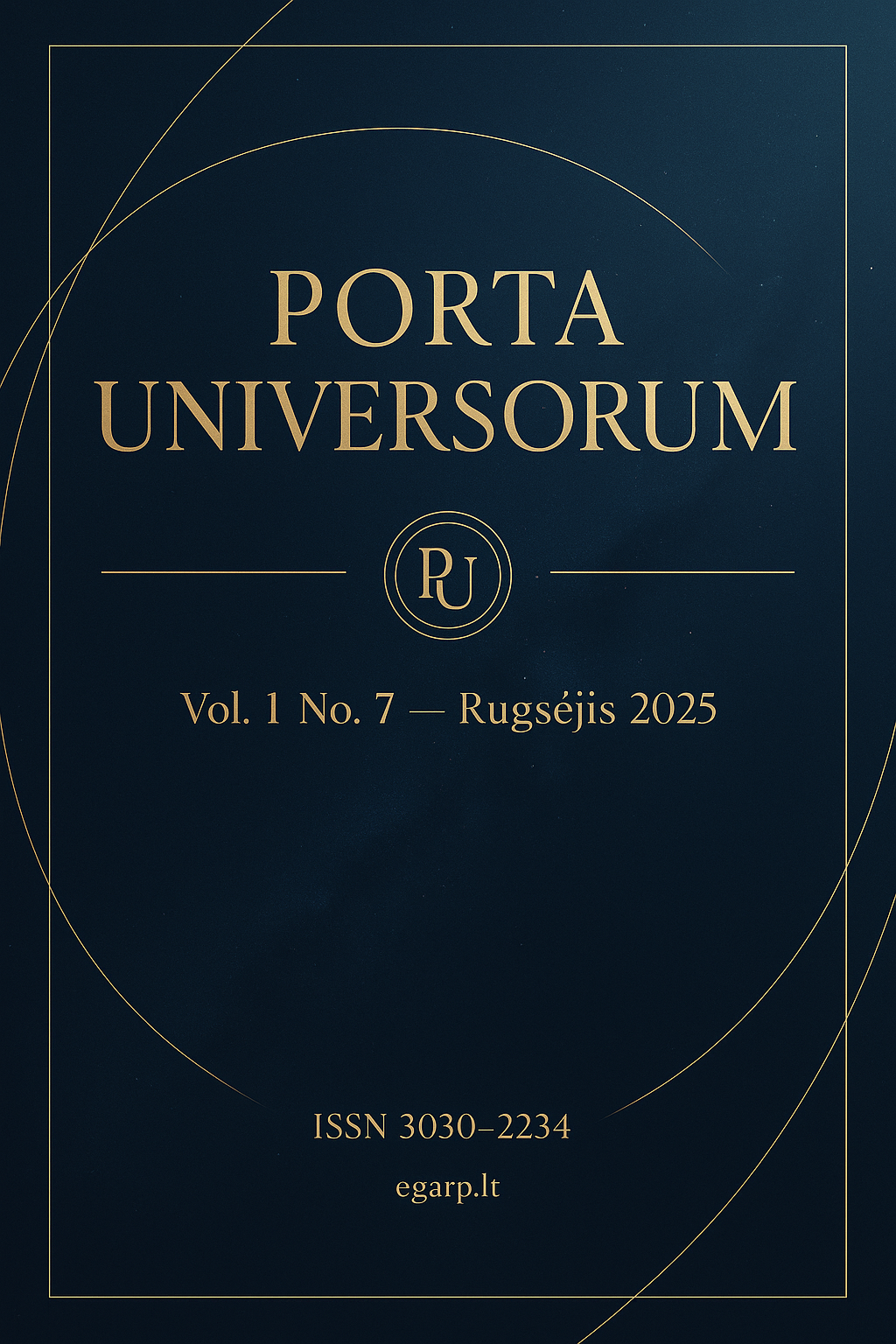Language Assessment in Instructional Contexts: Design Considerations and Practical Insights
DOI:
https://doi.org/10.69760/portuni.0107002Keywords:
Language Assessment, Proficiency Tests, Placement Tests, Diagnostic Tests, Achievement Tests, Test DesignAbstract
This article provides a comprehensive overview of various types of language assessments, emphasizing their purposes, design considerations, and practical applications in classroom settings. It first examines less commonly designed tests language aptitude and proficiency assessments highlighting their objectives, tasks, and limitations, particularly in predicting communicative competence. The article then focuses on tests more frequently developed by educators: placement, diagnostic, and achievement tests. Placement tests are explored as instruments for assigning learners to appropriate course levels, with an emphasis on authenticity, diagnostic potential, and instructional alignment. Diagnostic tests are presented as tools for identifying specific learner difficulties, illustrated through detailed phonological and writing assessments. Achievement tests are discussed in relation to curriculum objectives, formative and summative functions, and practical guidelines for their construction. The article also outlines key steps in classroom test design, stressing the importance of clearly defined, performance-based objectives. Overall, the paper underscores the value of informed, purposeful test design in promoting accurate evaluation, learner feedback, and instructional improvement.
References
Brown, J. D. (2004). Language Assessment: Principles and Classroom Practices. Pearson Education.
Carroll, J. B. (1981). Twenty-five years of research on foreign language aptitude. In K. C. Diller (Ed.), Individual differences and universals in language learning aptitude (pp. 83–118). Newbury House.
Carroll, J. B., & Sapon, S. M. (1958). Modern Language Aptitude Test. Language Learning and Testing Foundation.
Pimsleur, P. (1966). Pimsleur Language Aptitude Battery. Language Learning and Testing Foundation.
Clifford Prator (1972). A Diagnostic Test of English Pronunciation. Prentice-Hall.
Hughes, A. (2003). Testing for Language Teachers. Cambridge University Press.
Fulcher, G. (2010). Practical Language Testing. Hodder Education.
Weir, C. J. (2005). Language Testing and Validation: An Evidence-Based Approach. Palgrave Macmillan.
Bachman, L. F., & Palmer, A. S. (1996). Language Testing in Practice. Oxford University Press.
Educational Testing Service. (n.d.). TOEFL Test. Retrieved from https://www.ets.org/toefl
Downloads
Published
Issue
Section
License
Copyright (c) 2025 Porta Universorum

This work is licensed under a Creative Commons Attribution-NonCommercial 4.0 International License.
License Terms
All articles published in Porta Universorum are licensed under the Creative Commons Attribution–NonCommercial 4.0 International License (CC BY-NC 4.0). This license permits:
-
Sharing (copying and redistributing the material in any medium or format),
-
Adapting (remixing, transforming, and building upon the material),
-
for non-commercial purposes only,
-
with proper attribution to the original author(s) and source.
Commercial use of the material is not permitted without prior written permission from the publisher.




